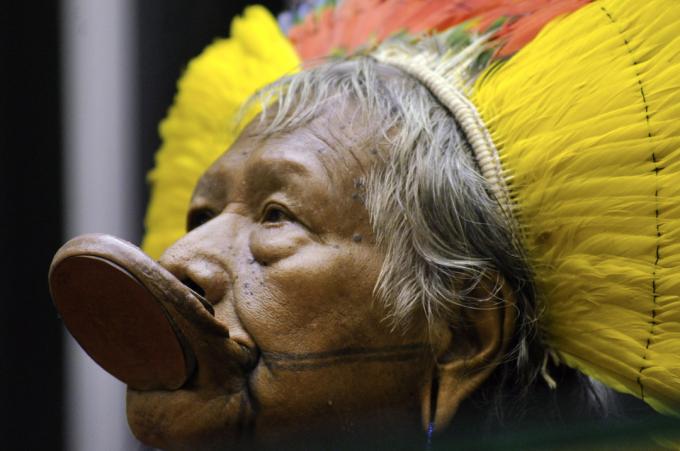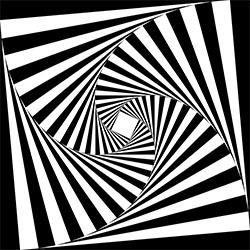 Op Art is a artistic movement also called Optical Art, or optical art in English. His works are based on optical illusions, a visual resource that confuses the human vision, making us see different shapes depending on the angle from which the image in question is seen.
Op Art is a artistic movement also called Optical Art, or optical art in English. His works are based on optical illusions, a visual resource that confuses the human vision, making us see different shapes depending on the angle from which the image in question is seen.
Op Art uses optical illusion to create movement in the works, with graphics and prints that vary as human eyes roam the figure.
The origin of the name Op Art dates back to 1964, in a publication by Time Magazine. Then there was the first official exhibition of the Op Art movement was in New York, in 1965, at MOMA, the Museum of Modern Art, and it was called The Responsive Eye.
Op Art was based on the phrase "less expression and more visualization", with the objective of expressing unlimited possibilities of transformations in the world.
Among its features are the optical and visual effects that bring the viewer inside the frame, composing the movement of the work with their eyes. There are also works in three dimensions, exploring the contrast between black and white, and geometric shapes. The artistic aspect follows references from the
expressionism abstract.See too: characteristics of expressionism.
Top Artists of Op Art
Victor Vasarely
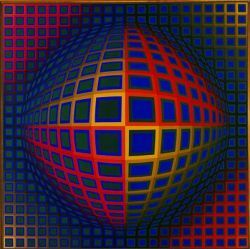
The Hungarian-born painter Victor Vasarely would have been the precursor of Op Art in the 1930s, although the peak of the movement was in the 1960s. Some of his most prominent works are Zebra, of 1938, and Vega-Nor, of 1969 (figure).
Bridget Riley
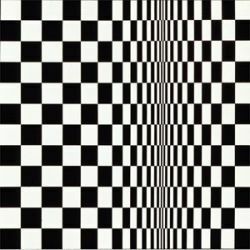
The English painter migrated from impressionism and pointillism to Op Art in the 1960s, conquered by the lines and geometric shapes and the disorienting effect created. In the figure, the work Movement in Squares, 1961.
Alexander Calder
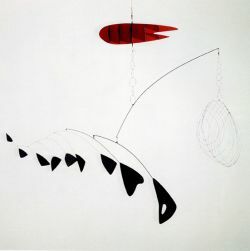
Alexander Calder, better known as Sandy Calder, is an American painter. His most striking artistic registers were the mobiles, which made up the effect of the work of art from the movement of geometric shapes and the air. In the photo, your mobile Lobster Trap and Fish Tail, of 1939.
Op Art in Brazil
The main representative of Op Art in Brazil was the painter Luiz Sacilotto, who was also responsible for disseminating concrete art in the country. Sacilotto was a painter and sculptor and his main works Structuring with Equal Elements, 1953, and Concretion 7553, 1975 (figure).
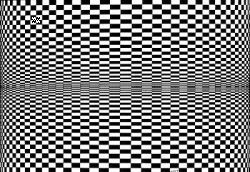
See too: pop art


